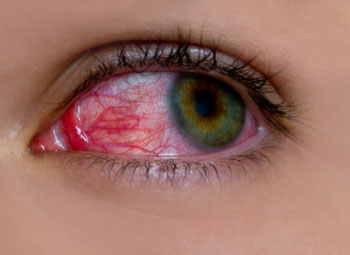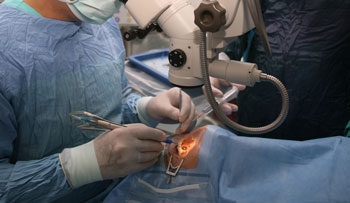Four Ways Over-the-Counter Costume Contact Lenses Can Ruin Vision
While they may be the perfect finishing touch on a costume, non-prescription cosmetic contact lenses can wreak havoc on your vision. Below are four ways that over-the-counter decorative contact lenses can seriously harm your eyes:
Over-the-Counter Lenses Can Scratch Your Eye

Over-the-counter lenses are not fitted and sized for the person wearing the contacts, so they can easily scrape the outer layer of the eye. The resulting corneal abrasions can cause redness, light sensitivity, discharge, pain, plus the feeling that something is lodged in the eye.
Poorly Maintained Contacts Can Cause Sores

Costume contact lenses can literally create an eye sore called a corneal ulcer, with symptoms similar to corneal abrasions. The ulcers sometimes appear as a white dot on the iris, the colored part of the eye, and may require treatment with medicated eye drops. When the ulcers heal, they can scar over and permanently and adversely affect vision.
Non-prescription Contacts Can Lead to Eye Infections

Both corneal abrasions and ulcers create openings in the eye, making them more vulnerable to bacteria, viruses and amoebas. All of these organisms can cause serious eye infections known as keratitis. A 2011 study found that wearing cosmetic contact lenses increased the risk of keratitis by more than 16 times. Some infections, such as herpes simplex, can be recurring and difficult to eradicate, while a number of bacteria have become resistant to common antibiotic eye drops.
What's the Worst that Can Happen from Illegal Over-the-counter Contacts? Blindness.

In the most extreme cases, complications from wearing costume contact lenses may end in blindness or require surgery. For instance, extensive scarring from an infection can distort the cornea or make it opaque, requiring a corneal transplant to restore vision.
Real People, Real Problems with Colored Contact Lenses
Facts About Colored Contacts and Costume Safety